An exclusive interview with Danny Blackwell from ‘Hot Jazz Union’, the guitarist & singer reveals the insights into playing 1920s New Orleans jazz music and what significance it carries today. Beautifully located facing the beach in the barrio of Cabanyal, a refurbished ice factory – ‘La Fábrica de Hielo’ boasts an eclectic range of live music, combining themes of avant-garde with rustic minimalism. Bright red neon signs lightly illuminate the darkly lit chic warehouse well enough to make out the intentional abstract art, such as wall paintings, obscurely placed furniture, foliage, and retro signs, that are scattered around the different sections of the former ice factory. Both music and art are portrayed in an understated yet tangible manner, whereby the more one pays attention to the smaller details the more fascinating and complicated it becomes. Filling the high ceilings with the band’s upbeat, Charleston style jazz melodies, the audience becomes enraptured in this 1920s New Orleans underground scene, as Hot Jazz Union transforms a once playful, soulful, and multicultural time to a seeming reality. Society is greeted with a realm where people of all backgrounds and tastes can gather in harmony to enjoy the music, have a drink with friends, dance to the beat, or meet someone for the first time. The good vibrations and relaxed ambience of the night are truly unmatched – it is refreshing to witness this band of talented jazz musicians revive the lost art in an emblematic spot in Valencia. Following the jazzy evening at ‘La Fábrica de Hielo’ was an exclusive ’24/7 Valencia’ interview with the ‘Hot Jazz Union’ guitarist and vocalist, Danny Blackwell:
24/7 VALENCIA: How did you first get into jazz music?
DANNY BLACKWELL OF ‘HOT JAZZ UNION’: Well, I’ve always liked jazz. My brother got me a record called “Kind of Blue” by Miles Davis – the first jazz record I ever had, and afterwards I bought a Louis Armstrong cassette, because I really liked the song “What a Wonderful World”, not really liking the rest of the songs on there because I didn’t particularly like 1920s jazz in my youth. But overtime as I got older I started becoming interested in it, and it’s only really recently that I’ve played this style of jazz because I’m not really a jazz musician.
What do you usually play?
I play lots of different types of genres like rock; when I was growing up I played a lot of Nirvana – ‘Smells like Teen Spirit’ was the first song that I played. It was during the pandemic year that I played with the trumpet player, Guillermo, a few times doing some jams, and he started doing events in the riverbed – in the Turia river, so we started playing music outdoors like busking. We’d send people a secret location as if it were a rave, and people would dance to the music. He asked me to help him more with this scene and I was really worried that I couldn’t do it, because of this old New Orleans style from the 1920s. The guitar is basically a tuned percussion player that makes noises like a snare drum, so I had to teach myself this style of playing. So, I’m still learning.
Would you say the guitar playing follows a regular rhythm or does it have more variation like traditional jazz?
It does have variation – the first thing I had to learn was to get rid of my ego and to play something really simple, rhythmically. The jazz chords are quite complicated, however. One of my main influences is ‘Tuba Skinny’; a New Orleans band. In fact I saw them just before I started playing this type of music in New Orleans, just before the pandemic in December 2019, and I really fell in love with seeing New Orleans music in New Orleans itself. So when he proposed this opportunity to me I thought… perfect!
What are the characteristics of the music?
Most of the songs are in major keys. A big part of the repertoire is fast music – similar to Charleston, quite up-tempo. New Orleans is like a melting pot, with lots of different influences being introduced at once. A big part of the musical genetics is also the Blues and even Latin music too. For example, tonight we did some calypsos and Latin rhythms. Most of the songs I propose to the group tend to be blues, and occasionally some popular songs or ballads.
What makes this group different from other jazz groups?
That I’m aware of, we are the only group in Valencia doing early New Orleans 1920s jazz. There are lots of jazz groups doing more modern jazz, a bit more intellectual, with more long and complicated solos. The big difference between traditional jazz or hot jazz and modern jazz is that with modern jazz, everyone will put it in the background so that someone can take a solo, and it’s more about the solo whereas the others simply form the base, whereas this type of traditional jazz is more polyphonic, meaning that everyone is playing all the time and everyone is looking how to support each other. It’s a very community minded way of playing, and I think the philosophy of that is really interesting.
How do you play as a band?
There are no arrangements, we communicate via hand signals, eye contact, or mouthing words to each other. We make up the arrangements usually as we go along, so someone will shout out for example ‘Charleston’, and everyone will know the beat to play. I will confess that I am not one of the leaders; I am more an observer so I get told what to do, because I am still learning and it can be stressful sometimes. But what motivates me is the pleasure of communicating with people and sharing with people.
What idea or message do you want to convey to the audience when you play your music?
When I tell people about the band or try to get people to come, I usually say I’m in a jazz band, but then I have to do a little parentheses; not like intellectually as in “look how great I am at jazz”. It’s not jazz for jazz musicians, because a lot of jazz jams are a bit impenetrable for people, so essentially we play what we like to call party jazz, because this is the kind of jazz in the 1920s that was played in bars. It’s music to get drunk and dance to… and maybe even fall in love! Everyone can have fun here – with music like tonight, random people come with different tastes, and it is interesting because if you ask some people if they like 1920s jazz, they say “no way”, but you’ll still find them here tapping their feet and smiling along. It’s very happy music – anyone who passes by enjoys it.
What do you see as the future for the jazz scene in Spain?
This kind of jazz seems to be having a bit of a revival, this old fashioned music that fell out of style is now becoming in fashion again. Tuba Skinny are really popular; it’s traditional jazz music but they’re a young band and they’re in touch with young people. The dance scene in Valencia to blues and jazz is also becoming really popular. So I think we’re going to see more and more people producing and making traditional jazz music, and also it is ironic that our own lived experience of the ‘roaring 20s’ is so different from that of the 1920s. It’s been a weird and turbulent time, with external factors making life difficult in many ways. So now is the time to find ways to channel our energy and raise the good vibrations, and what better than to play and to enjoy music, as it is a great way for humanity to reconnect. We will definitely see this continuing as people need these real life experiences. There is a lot of need for fun and catharsis and this is a great way to dance and sing and let it all out.
And finally, what’s upcoming for Hot Jazz Union?
We have a gig in ‘Gestalguinos’ in the old town of Valencia this Tuesday on July 11th, which is a nice quiet place and allows people to come and hear the songs and focus more on the details…
Report by Melissa McCrow
Article copyright ‘24/7 Valencia’
More info: https://hotjazzunion.bandcamp.com/album/ti-pi-tin-south
Related Post
This site uses Akismet to reduce spam. Learn how your comment data is processed.


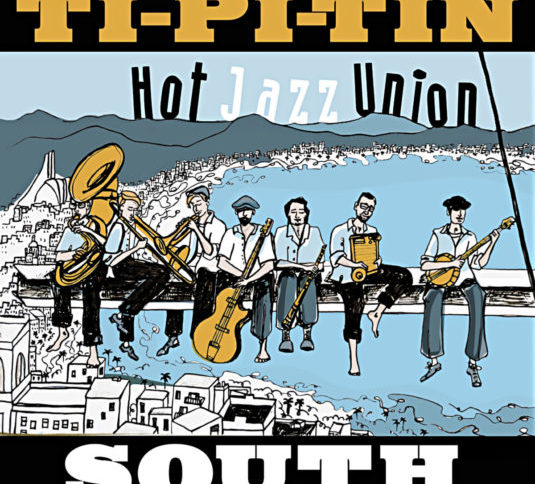
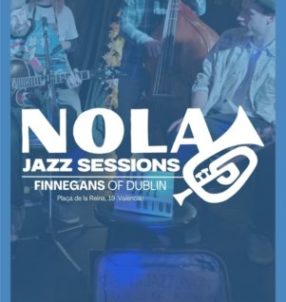
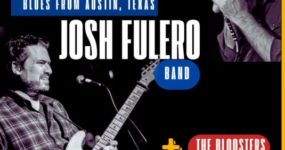
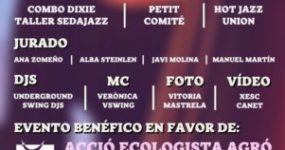
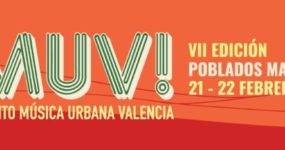
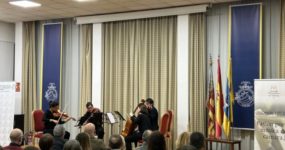

















Leave a comment